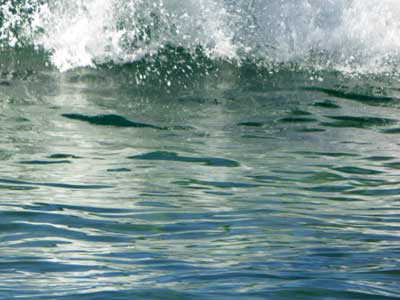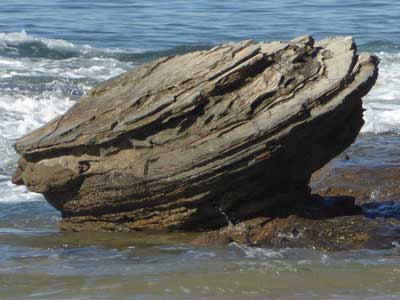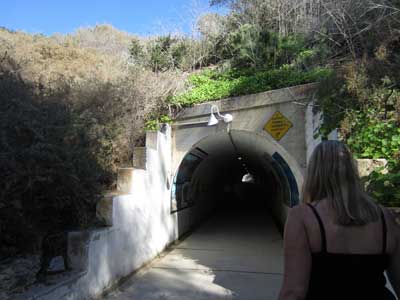CRYSTAL COVE (Day 4 - part 2)

Incredible ocean colors and textures!








Coral


Shell and stone


Lobster trap ... and tail


Lobster divers
The Southern California coast is famous for its spiny lobsters. Apparently, one can free dive (meaning holding your breath, no air tanks) for the "bugs" as they are called. Usually this is done at night, when the animals come out to feed.
Every year, people die. Generally, it's 2 to 3 in the 6 month season, but in 2014, there were 4 deaths within the first week. It's easy to get disoriented in the dark, get caught by a rock or reef, or overexert yourself while chasing the lobsters and then not make it back to the surface in time to grab another breath. Also, “shallow water blackouts” can happen from hyperventilation as a way to fill the lungs with air, causing the diver to lose consciousness.

Catalina Island
Santa Catalina Island (or often just Catalina) is 22 miles long and up to 8 miles wide. It is part of the Channel Islands (a group of 8 islands that run up the coast). Originally (starting at least 8,000 years ago), it was home to the Tongva, who called the island Pimugna or Pimu. Spanish explorers then claimed the island in 1542. By the 1830s, the island's entire native population had been brought to the mainland to work in the missions or as ranch hands for private land owners.

Distant cliffs


The beach still had a ways to go but we turned around and headed back.


Many of the rocks looked like crashed UFO's. The stone disks remained a geological puzzle for many years. Apparently they are what's known as concretions. They began forming some 16 million years ago, when California was still part of the sea bed.
Concretions are hard bodies that form in sediments before they become sedimentary rocks. They consists of the same material as the rock around them, plus some kind of cementing mineral. This cement often makes them harder and more resistant to weathering than the host rock. They can come in any shape and any size (from gravel to as large as a truck weighing several thousand pounds).










Heermann's gull .... and a California gull (note the different beak colors)



Marbled godwits
We popped briefly into a small museum. Along with history about the beach and the tides, it also contained information about the many historic cottages.






Originally, the region was home to native villages. These people were then pulled away to work at the nearby missions. In 1864, the land was purchased by James Irvine, who used it for sheep farming and agriculture. Eventually, small cottages began to appear for the employees. Over time, these turned into permanent dwellings which were taken over by the Irvine Company, who continued to develop them and create a community.
In 1927, the company leased a portion of the area which turned into a camping site. Trailers replaced tent camping in the 1940s. Some 290 mobile home trailers filled the beachfront and inland area. But in 1979, the land was bought by the state. Many people felt it was unfair to continue to allow private residences in what was now a state park. So in 2006, the mobile home park was removed and the area turned back into a public campground. There are currently 46 cottages, 26 of which have been restored.




We couldn't resist popping into The Beachcomber, the restaurant on the beach, for a plate of delicious beignets.


We then walked back to the car.

The rest of the afternoon and evening was spent catching up with various college and family friends.
return • continue

